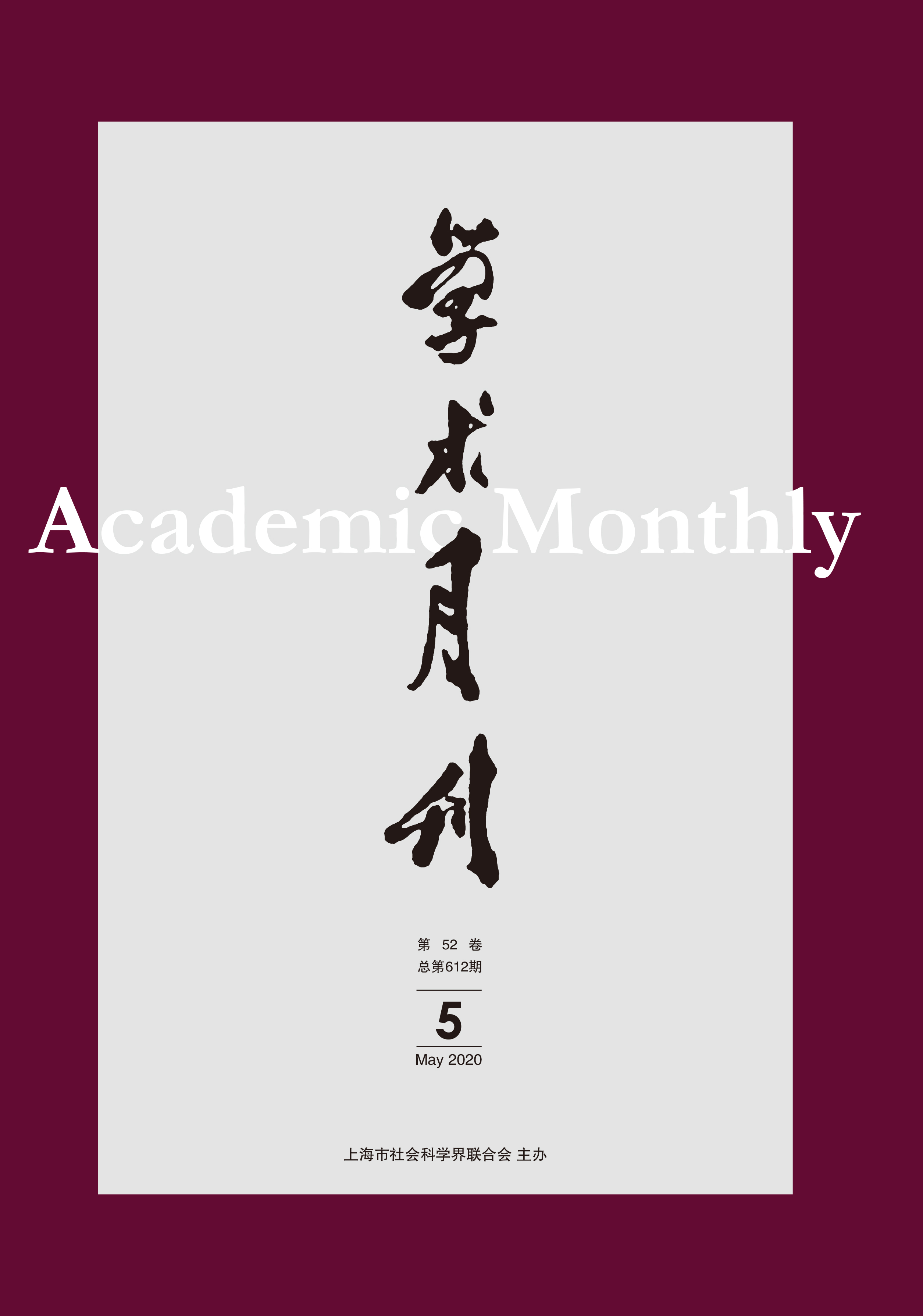Citation:
Yujin WANG and Fan TAN. On the Evolution of Stylistic Concept of Chinese Novels[J]. Academic Monthly, 2020, 52(5): 126-137, 184.

On the Evolution of Stylistic Concept of Chinese Novels
-
Abstract
The stylistic concept of Chinese fiction has been developing from one to two and then to four types from ancient times to nowadays. Ancient Chinese people took short-story (“笔记”) fiction as the orthodox style of fiction, while romances (“传奇”) and historical novels (“演义”) were regarded as variants. At the beginning of the 20th century, the status of novels with chapters (“章回体”) increased gradually, which divided fiction into two types: short-story fiction and chaptered fiction, but this situation was broken shortly afterwards. Since the 1920s, romances and novels (“话本”) besed on story-teller’s script have gradually separated from short-story fiction and chaptered fiction, and the classifying mode of “short-story fiction, romances, novels besed on story-teller’s script and chaptered fiction” has been spreading widely until nowadays.
-

-
References
-
Access
-
-
[1]
Chengzha CHEN
. The Evolution of the Concept of Chinese Novels in the Perspective of “New Zixue”. Academic Monthly,
2019, 51(5): 125-135.
-
[2]
Xiaojiang ZHU
. The Stylistic Features, Functions of Fictions and Their Relationship with May 4th Literary Reform. Academic Monthly,
2021, 53(3): 160-169.
-
[3]
GUO Liandong
. Global Translations for Genre Fictions —— Taking Crime Fictions, Web Fictions, and Science Fictions as Examples. Academic Monthly,
2023, 55(11): 160-168.
-
[4]
Qi CHEN
. The Institutional Pendulum and Its Evolutionary Mechanism. Academic Monthly,
2023, 55(1): 110-126.
-
[5]
Jing XIE
. Grounds of Criminal Penalty between Confucianism and Legalism: The Ancient, Modern, Chinese and Western Dimensions of Penalty for Theft in the Qing Code. Academic Monthly,
2019, 51(8): 106-121.
-
[6]
. . Academic Monthly,
2016, 48(02): 34-45.
-
[7]
Ruiquan GAO
. Words: A Route for the Chinese History of Ideas. Academic Monthly,
2021, 53(5): 17-28.
-
[8]
. . Academic Monthly,
2016, 48(09): 27-36.
-
[9]
Shugong ZHAO
. Wang Guowei’s Guya Theory and the Thoughts on Literary Talent in Ancient China. Academic Monthly,
2019, 51(5): 136-144, 124.
-
[10]
Lv Sijing
. . Academic Monthly,
2018, 50(5): 163-171.
-
[11]
Hailiang MENG
. The Integration of Multiple Disciplines Promotes the Ancient Ethnic Genealogy Research. Academic Monthly,
2022, 54(10): 200-216.
-
[12]
Bin YANG
. The Genre of Text Parody and the Evolution of theTypes of Chinese Ancient Fictions:On Text Parody of Plum in the Gold Vase. Academic Monthly,
2019, 51(9): 122-132.
-
[13]
JIAN Zhixiang
. Historical Transition Process of Language Policies in China. Academic Monthly,
2023, 55(8): 123-144.
-
[14]
WU Jun
. . Academic Monthly,
2023, 55(5): 150-156.
-
[15]
LIU Xiaojun
. On the Three Transformations of Chinese Classic Novel Comment in Modern Time. Academic Monthly,
2023, 55(12): 136-145.
-
[16]
Mingdong GU
. The Philosophical and Aesthetic Foundations of Chinese and Western Fiction. Academic Monthly,
2019, 51(11): 127-138.
-
[17]
Ling ZHAN
. The Transformation of Chinese Science Fiction from the Perspective of Enlightenment. Academic Monthly,
2019, 51(4): 128-138.
-
[18]
,
. . Academic Monthly,
2017, 49(07): 120-126.
-
[19]
. . Academic Monthly,
2017, 49(07): 5-17.
-
[20]
. . Academic Monthly,
2020, 52(8): 5-5.
-
-



 沪公网安备 31010102003103号
沪公网安备 31010102003103号 DownLoad:
DownLoad: